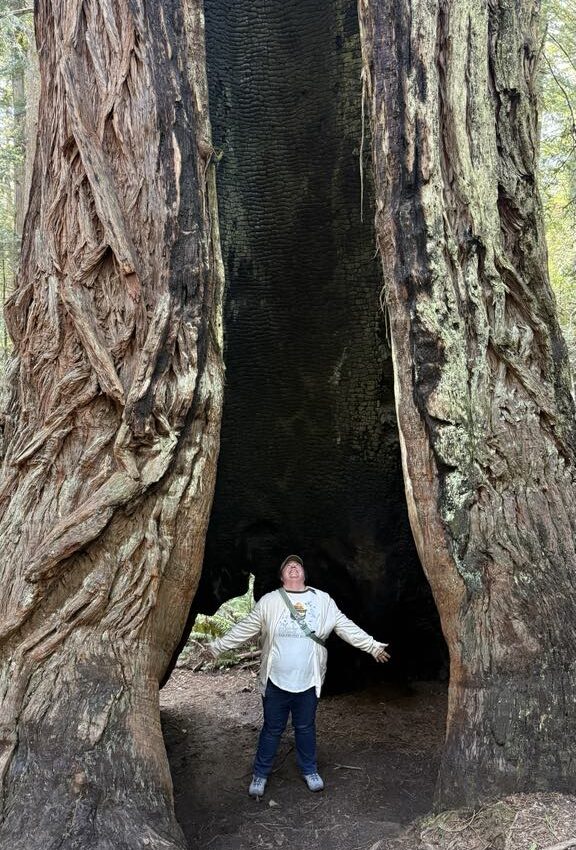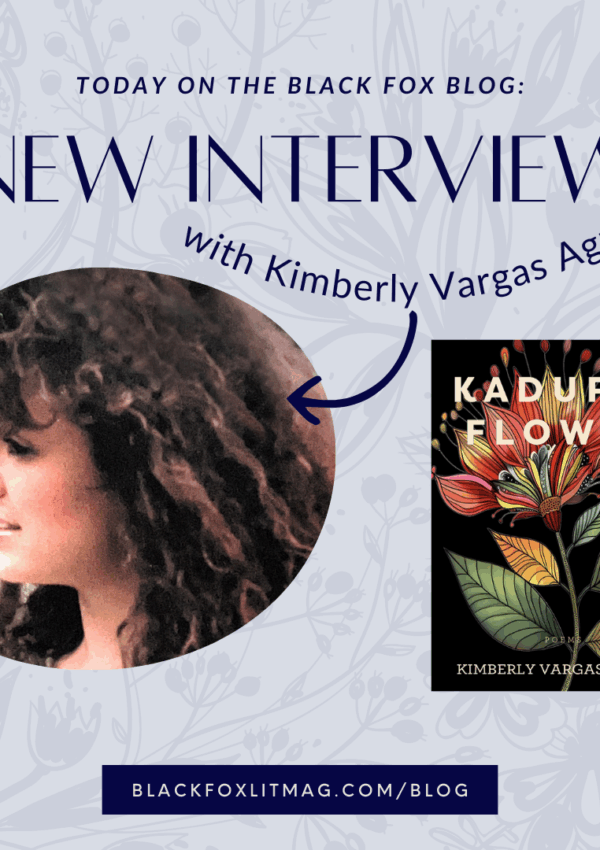For some, the term “back door” may conjure images of Jim Morrison or Howlin’ Wolf singing about men running out the back door to escape getting shot by jealous husbands. But as a poet, I use the expression to mean coming in through the back door, not going out. Or, if you prefer, strolling in the side door. Or even crawling through a window in the basement. Whatever the entry point, it’s about coming at your subject/topic from another angle.
I have found this back door technique a valuable device for writing through the hard experiences of life – whether it is a death, divorce, a horrendous day, or just staring at too much white space in front of you. When it comes to the bad events, we find our emotions are too tied up in the moment to think clearly – or poetically. Often what comes out on the page is better suited for a personal journal or a cuss jar. That said, many people are able to dive right into their heartache and make sense in their writing. Not me.
I remember reading one poem about a woman cleaning out her closet. It was sometimes funny, sometimes nostalgic. It leaned on the light side until she came to one of her husband’s hiking boots. Just one. The reader is just as surprised and horrified as the person in the poem. We get the grief of death as well as the symbolism of just one shoe. The other disappeared. She didn’t start out writing about her husband and his death but came at it through the closet door.
Using other arts to help ease one into a poem or through writer’s block can be a help. A poet friend recently brought a draft to our workshop which, on the surface, was about the music of Nina Simone, but on other subtle levels it dealt with her divorce. She conveyed her feelings for the music and let that be the driving force of the poem. Merging the music with her personal agenda later in the poem allowed the reader to still get the impact while not feeling the deluge of sentiment.
In a bit of a dry spell, I visited a local museum for inspiration. The artist loved using color, so I was enthralled by the oceans of flowers he had painted. On closer inspection, I saw he had placed random odd items among the flowers. In one a small dragon breathed fire. In another I saw a fire hydrant. I started jotting notes about the painting and the inclusions. How the little surprises within the painting made me react. An image popped into my mind of an aunt who would hide treats around the house whenever we visited. I hadn’t thought of her for years, but the childhood joy reexamined was enough to get my poetic pen moving.
Persona poems can sometimes work when you don’t want to use the personal and familiar I. After the death of a friend, I tried writing about his passing, but everything came out black and depressing. I was reminded of one winter night we sat in front of the fire, sipping wine, talking, and listening to jazz. Still too close to tears to write about that moment, I tried a persona poem written from the fire’s point of view watching the two people sitting there. That allowed me enough distance to construct the scene and step back from my own hurt. The fire’s observations sparked the positive moment without dwelling on the element of loss.
If you find yourself trying to write through those hard moments and not getting anywhere, you might experiment by entering the heart of your poem through another avenue than the front door. Play around with different voices instead of your own. If you don’t live near a museum, your computer will pull up whatever kind of artwork you can imagine to jumpstart your writing. Of course, listening to Jim Morrison or Howlin’ Wolf wouldn’t be bad either.
 Allison Thorpe is a writer from Lexington, KY. She is the author of Thoughts While Swinging a Wild Child in a Green Mesh Hammock (Janze Publications), Swooning and Other Fun Art Forms (a NFSPS chapbook winner), What She Sees: Poems for Georgia O’Keeffe (White Knuckle Press), and Dorothy’s Glasses (Finishing Line Press). A Pushcart nominee, she has received awards and grants for her writing. Recent work appears in So To Speak, Pembroke Magazine, Hamilton Stone Review, Dying Dahlia, The Corvus Review, Grasslimb Journal, Yellow Chair Review, and Still: The Journal.
Allison Thorpe is a writer from Lexington, KY. She is the author of Thoughts While Swinging a Wild Child in a Green Mesh Hammock (Janze Publications), Swooning and Other Fun Art Forms (a NFSPS chapbook winner), What She Sees: Poems for Georgia O’Keeffe (White Knuckle Press), and Dorothy’s Glasses (Finishing Line Press). A Pushcart nominee, she has received awards and grants for her writing. Recent work appears in So To Speak, Pembroke Magazine, Hamilton Stone Review, Dying Dahlia, The Corvus Review, Grasslimb Journal, Yellow Chair Review, and Still: The Journal.
You can read a selection of Allison’s poetry in Black Fox Issue 11.




Such good advice, Allison! Loved reading about your experience at the museum – how random images brought a long-forgotten memory floating to the surface, which then became material for a poem!
I know that when I try to force a poem into being, I usually fail. The “back door” method is a tool I use often to spark the narrative, but convey emotion without hitting the reader over the head with it!
I really enjoyed your blog.
Very thought-provoking! I especially like the examples you referenced to illustrate how “writing through the hard” can occur with wonderful effects. Congratulations, Allison!
Great advice.